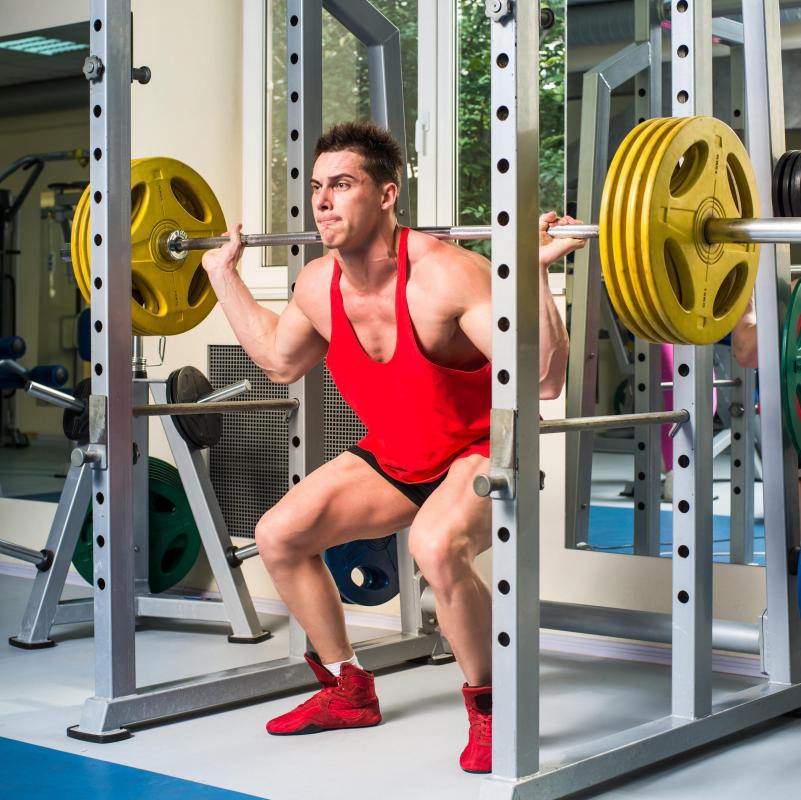At TheHealthBoard, we're committed to delivering accurate, trustworthy information. Our expert-authored content is rigorously fact-checked and sourced from credible authorities. Discover how we uphold the highest standards in providing you with reliable knowledge.
In Fitness, what is a Prime Mover?
A prime mover is the muscle or muscle group that is most responsible for a particular motion of a joint. For some joints, there are only a pair of prime mover muscles, but others can have multiple prime movers, depending on the motion. In fitness, this is an important concept because, when performing an exercise, it is important to know the prime mover muscle of that exercise, because it will be the one getting the most intense workout.
Joints that involve rotation tend to have a higher number of prime mover muscles than those with fewer forms of articulation. For instance, in the knee, which bends only in a single direction, there are two prime movers. The quadriceps is the prime mover of knee extension, and the hamstring is responsible for knee flexion. Exercises whose motion depends primarily on the bending of the knee, then, will use one of these two muscle groups as its primary mover muscle group. That muscle group will therefore receive the greatest benefit from these exercise.

The shoulder joint is an example of a joint that has a lot more prime mover muscles than the knee, because the shoulder can rotate in so many different directions. Depending on the motion of the shoulder, the primary mover might be the deltoids, the latissimus dorsi, the pectorals or the teres minor. Also, because of the relative complexity of the shoulder joint, different motions might have the same prime mover. The deltoids, for instance, are the primary mover muscles of both shoulder abduction and shoulder flexion.

This has ramifications for weightlifting and fitness because it affects the number of ways that an athlete can work out a specific muscle. If an athlete wants to strengthen the muscles that move the knee, he or she needs to target only two muscle groups. However, if an athlete wants to improve the strength of his shoulders, he or she will have to perform a variety of exercises in order to individually target each relevant muscle group. For this reason, athletes often will use compound exercises to work out more complex joints, because these types of exercises can target several muscle groups at once.
AS FEATURED ON:
AS FEATURED ON:















Discuss this Article
Post your comments